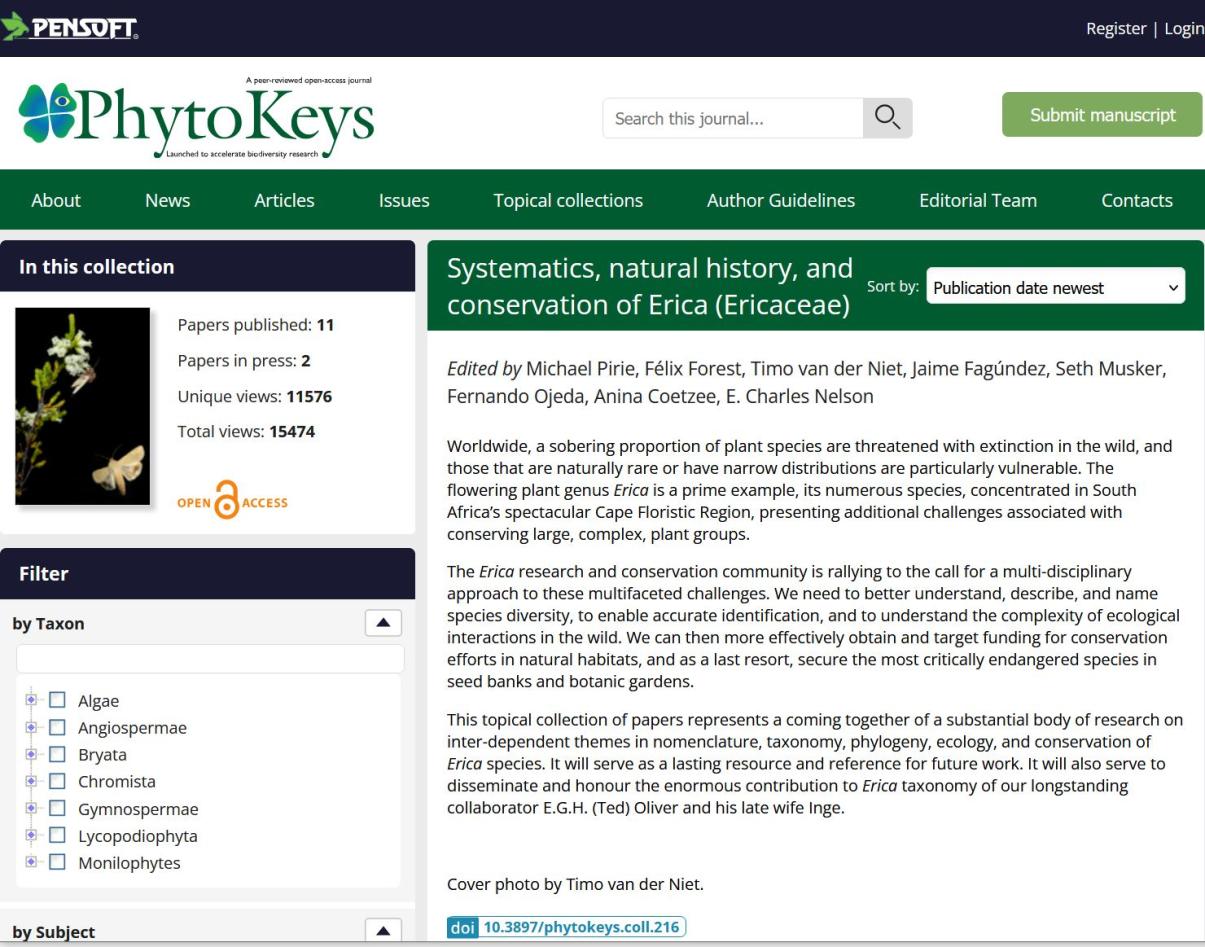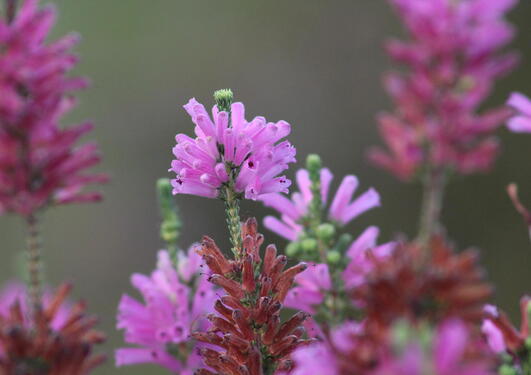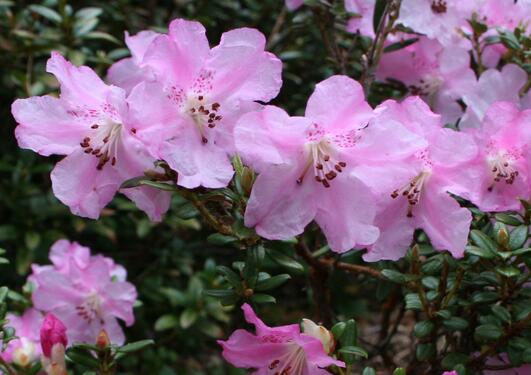Systematics, natural history, and conservation of Erica (Ericaceae)
Research supporting conservation of threatened heather species: an international collaboration coordinated at UiB

Main content
A collection of scientific papers has been published in the botanical journal PhytoKeys, aimed at providing crucial baseline data to support conservation of threatened heather species (genus Erica, of the flowering plant family Ericaceae).
The 12 research and review papers were published by 42 different authors from 23 institutions spread across 14 countries. Amongst them are researchers in taxonomy, molecular systematics, ecology, and ethnobotany. There are contributions from regional specialists, such as of the rich and distinct floras of the Western Cape of South Africa, the highlands of Madagascar, and the Mediterranean. It leverages technical expertise in bioinformatics and online publishing to make the information findable, accessible and usable for everyone.
The lead editor of the collection, Michael Pirie, is curator of the Arboretum, part of the University Museum’s living collections, the University Gardens. He is a specialist in the systematics of heathers and coordinates the Global Conservation Consortium for Erica under the auspices of Botanic Gardens Conservation International.
“Large genera like Erica that include hundreds of species are challenging” says Pirie.
We need to provide fundamental resources for targeting conservation. That includes everything from naming species new to science through to describing the complexities of their ecological interactions in the field.
"This work puts a great deal of important and novel data into the public domain, and it would not have been possible without a broad international effort.”
PhytoKeys is a peer-reviewed, open-access journal launched to accelerate research and free information exchange in taxonomy, phylogeny, biogeography and evolution of plants. It applies the latest methodologies in publishing and preservation of digital materials to meet the highest possible standards of the cybertaxonomy era.
The collection includes a comprehensive treatment of Erica names for the World Flora Online (Eliott et al., 2024), an extended and updated identification tool (Oliver et al., 2024), phylogenomic resources (Musker et al., 2025), analyses of rare and endangered European species (Rodríguez-Buján, et al., 2024; Pasta et al., 2025), a review of Madagascan Erica (Hackel et al., 2025), and three new Cape species (Hoekstra et al., 2025). Read the editorial here.





